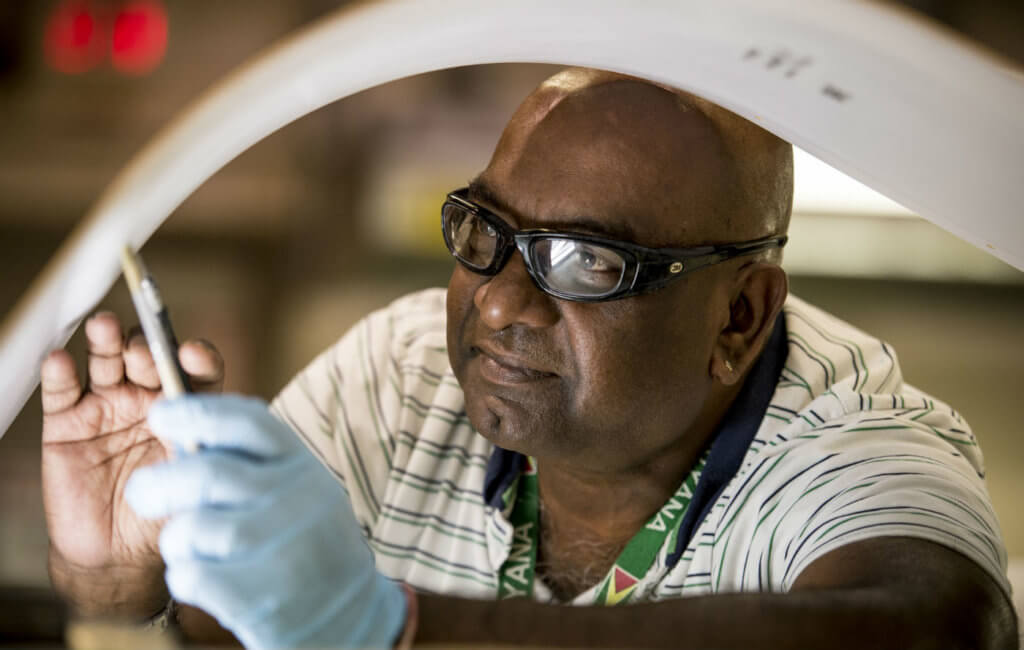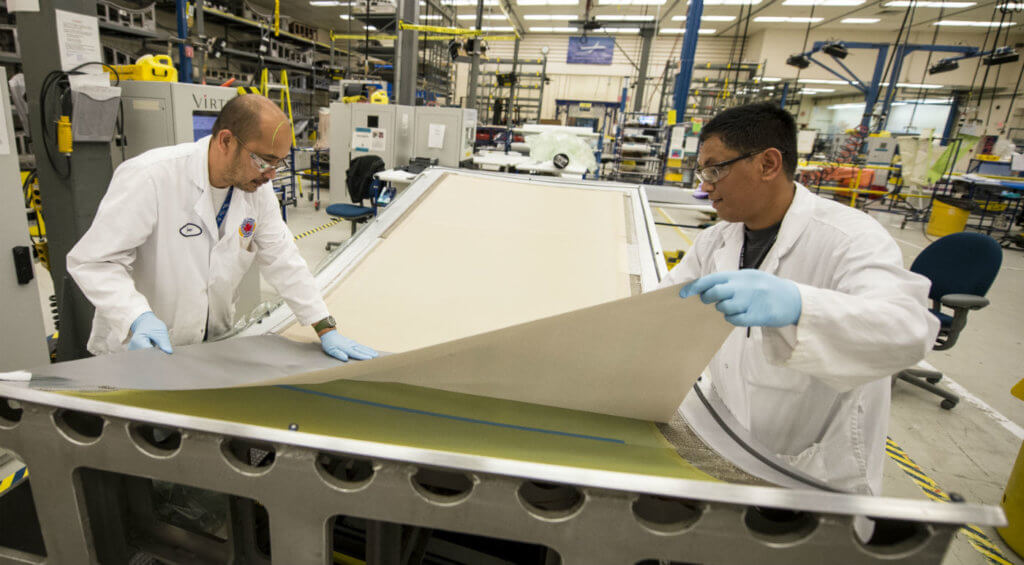Estimated reading time 6 minutes, 17 seconds.
One of the long-running arguments for Canada’s continued participation in the Lockheed Martin F-35 Joint Strike Fighter (JSF) development program has been its value to Canadian aerospace companies involved in the JSF supply chain.

To date, over 70 Canadian businesses have secured more than $800 million in contracts throughout the development phase of the program and Lockheed estimates that figure could exceed $9 billion should Canada eventually opt to replace its fleet of CF-188 Hornets with the F-35A.
So, while the federal government has declared that it will launch an open competition within its current mandate that could see the selection of a jet other than the F-35, it will remain committed to the development consortium “until at least a contract award for the permanent fleet,” according to a statement released in November. Ottawa recently made a $36 million payment to continue with the program through the fall of 2017.
“The CF-18 replacement offers a once-in-a-generation opportunity for the Canadian aerospace and defence industry,” the government stated. “[We] will maximize economic benefits to create middle-class jobs and support innovation in Canada.”
In the meantime, Ottawa has also entered negotiations with the U.S. government and Boeing Defence, Space & Security for the purchase of an interim fleet of 18 F/A-18 Super Hornets to fill a gap in its ability to simultaneously meet NATO and NORAD obligations.
For Boeing, the interim buy is an opportunity to allay concerns about an alternative to the F-35 and educate Canadians and government officials about its impact on the defence industry and the national economy.
According to an economic impact study conducted for Boeing by Ottawa-based Doyletech, the company’s activities generated almost $4 billion across its Canadian facilities and supply chain in 2015, an economic footprint that represents about 14 per cent of the $28 billion aerospace sector.
While the Canadian economy grew at about two per cent, Boeing saw eight per cent growth, which exceeds the aerospace average of seven per cent. More than 95 per cent of what the company produced was exported, well above the Canadian industrial average of 35 per cent.
In 2016, Boeing was expected to invest over $10 million in Canadian research and development and support an additional $10 million in university and industry research centres. Doyletech estimates this total R&D spend returned “five times this sum in research that would otherwise not be done.”
“For every dollar we spend in Canada directly, there is another dollar that comes as economic impact through the supply chain,” said Roberto Valla, vice-president of global sales for Canada, during a briefing at the company’s commercial production facilities in Everett, Wash., last week.
Valla said that during the government’s consultation with industry prior to the November announcement, the companies vying to supply Canada’s next-generation fighter jet were asked to provide detailed information on capabilities, acquisition and lifecycle costs, and industrial and technological benefits (ITB) to Canada.

“I can’t over emphasize how comprehensive that process was,” he said. “We treated that just like any other competition.”
Boeing has a strong track record of meeting its ITB obligations. Although $2.9 billion is still outstanding from recent procurements associated with 15 CH-147F Chinook helicopters, a fifth CC-177 Globemaster III transport aircraft, and the lease of the ScanEagle unmanned aerial system, Valla said the company has completed $6.7 billion of its ITB commitments “on or ahead of schedule.”
Boeing also has a Canadian supply chain of over 560 companies, the second largest behind Japan, and a solid commercial program of record–270 aircraft in service with a dozen airlines and over 150 more on order–on which to support its military ITB obligations.
Since the Super Hornets would be acquired from the U.S. government under foreign military sales (FMS), that would likely result in a “hybrid” in-service support (ISS) program, Valla said.
“There will be some FMS elements but also lots of direct commercial sale…[T]here is a tremendous amount of knowledge already resident in Canada from the CF-18 ISS. And there is no reason why the government shouldn’t be able to leverage that as we introduce these 18 new jets.”
For a country determined to maximize economic benefits on its major defence acquisition projects, the possible return of over $9 billion to Canadian industry on a relatively modest investment will be difficult to overlook. But as the Doyletech study shows, Boeing’s commitment to invest a dollar in Canadian content value for every dollar the final contract is worth, can rapidly multiply across the value chain.








